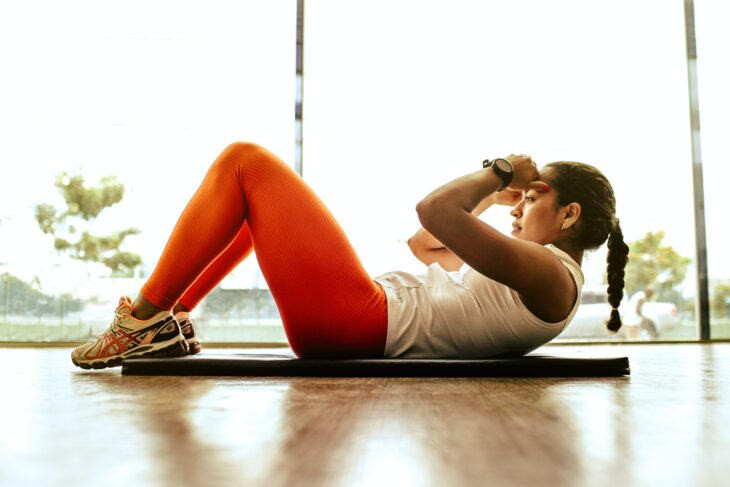Exercise is a key component of healthy living. It strengthens your heart, improves cognitive function, and helps prevent diseases like diabetes. Despite the benefits of an active lifestyle, many factors can affect our ability to work out, like energy levels, physical fitness, and motivation. But what motivates us to exercise?
Recent research suggests gut microbes might be partially responsible. The human body hosts trillions of microorganisms in the stomach and intestines, referred to as the gut microbiome. Scientists have shown the gut microbiome can impact both physical performance and endurance, but they don’t know exactly how.
A team of researchers from the University of Pennsylvania recently tested whether the gut microbiome could influence exercise patterns in mice. They started with a group of about 200 mice. They placed the mice in cages with running wheels and treadmills, and recorded their activity using special sensors. The team tracked how often the mice voluntarily chose to exercise on the running wheel, and how long they could run on the treadmill before they were exhausted.
The scientists found large differences in both voluntary exercise and physical endurance across the group of mice. They hypothesized these differences could be due to one of 3 things: genetics, metabolism, or the gut microbiome. The team then set out to determine if any of these factors were statistically related, or correlated, to the mice’s exercise performance.
First, the scientists explored genetic variation in the mice using a new method to identify inheritable genes from each mouse’s genome. They found very little correlation between the mice’s genes and their exercise performance, so they concluded that genetics played only a minor role in physical activity.
Then the team analyzed metabolic substances like carbohydrates and fats, referred to as metabolites, in the mice’s stomachs. They also sequenced DNA from the mice’s stool samples to fingerprint their gut bacteria. They compared the metabolite and DNA data with the mice’s exercise habits using machine learning.
The scientists found the mice’s metabolites were not correlated with their exercise performance. In contrast, the populations of microbes in the mice’s guts were. When the team disrupted their gut bacteria with broad-spectrum antibiotics, the mice exercised only about half as hard as they had before.
By comparing the gut microbiomes of mice that received different types of targeted antibiotics, the team identified four kinds of bacteria that could be responsible. Only 2 of these, Eubacteria and Coprococcus, restored exercise performance when they were reinserted into the mice. The scientists concluded these bacteria were somehow stimulating physical activity in the mice.
Next, the team wanted to know how these bacteria were encouraging the mice to exercise. They suggested it might have to do with motivation. In particular, they hypothesized the bacteria could be regulating a pleasure-inducing chemical produced in the brain during exercise, called dopamine.
To test this hypothesis, the scientists used a fluorescent dopamine sensor to see how dopamine levels in the mice changed while they exercised. They found dopamine levels increased during and after exercise only in mice with their gut microbiomes intact. They interpreted these results to mean that the gut microbiome is required for the high dopamine levels normally associated with exercise.
The scientists then examined how the microbiome was controlling dopamine levels in the mice. They explained the destruction of dopamine is caused by an enzyme called monoamine oxidase, or MAO. The team found MAO was suppressed in the brains of mice that had not received antibiotics. In mice that had received antibiotics, MAO levels were higher, meaning that more dopamine was being destroyed.
Finally, the scientists explored exactly what the gut microbiome was doing to suppress MAO in mice. They characterized the metabolites produced by these microbes, and found some of the most common compounds formed were fatty acid amides (FAAs). The team confirmed FAAs interact with neurons thought to be involved in the MAO-dopamine pathway. They pointed out that some bacteria, including Eubacteria and Coprococcus, have recently been shown to produce FAAs, consistent with their DNA results.
These scientists have demonstrated gut bacteria can act as microbial cheerleaders, by regulating chemical changes in the brains of mice that encourage them to exercise. So what do these results mean for us? The team concluded if this research is applicable to humans, habits like exercise that are motivated by dopamine could potentially be controlled by changes in diet or metabolites. They suggested the next step should be to pinpoint exactly how neurons in the brain control the MAO-dopamine pathway.


